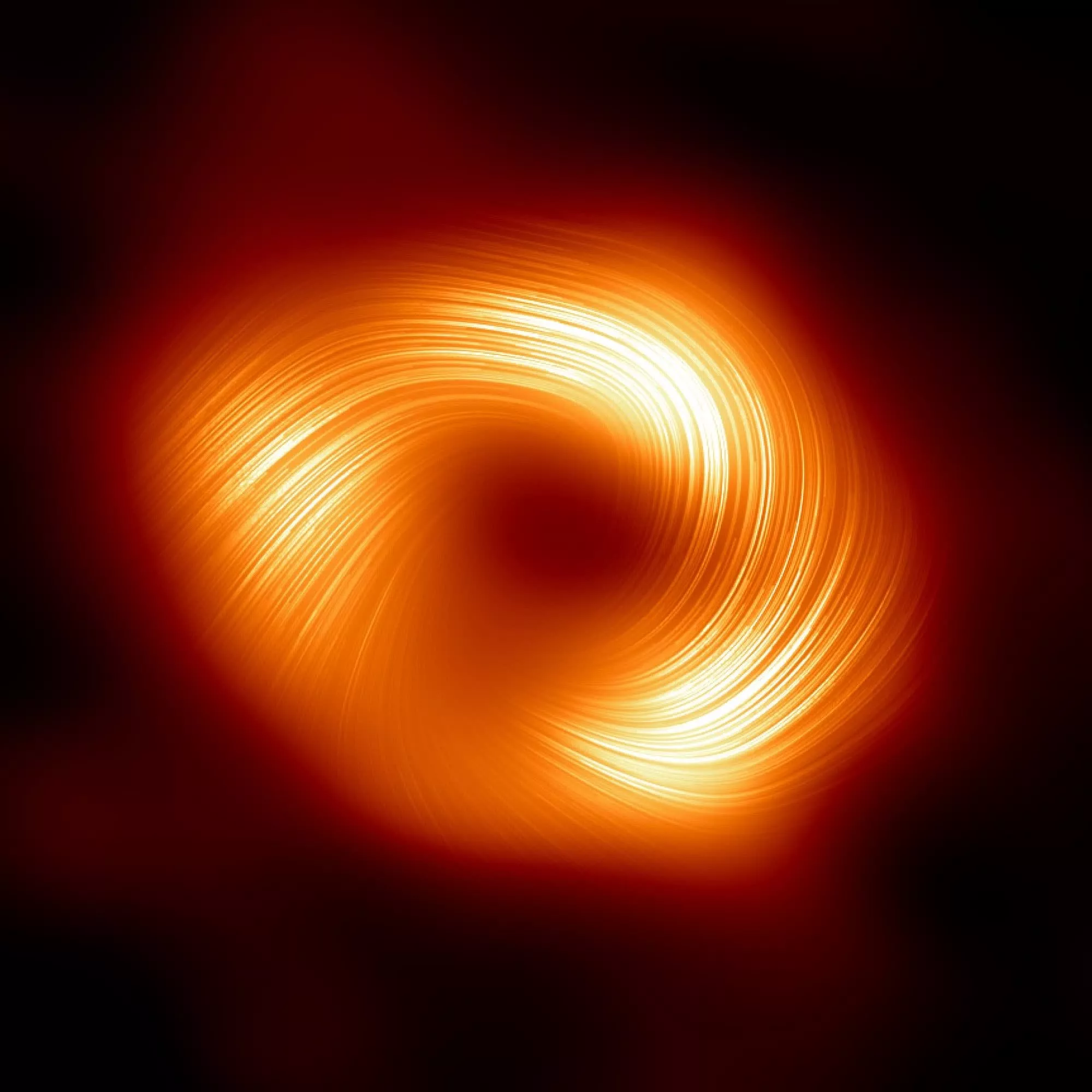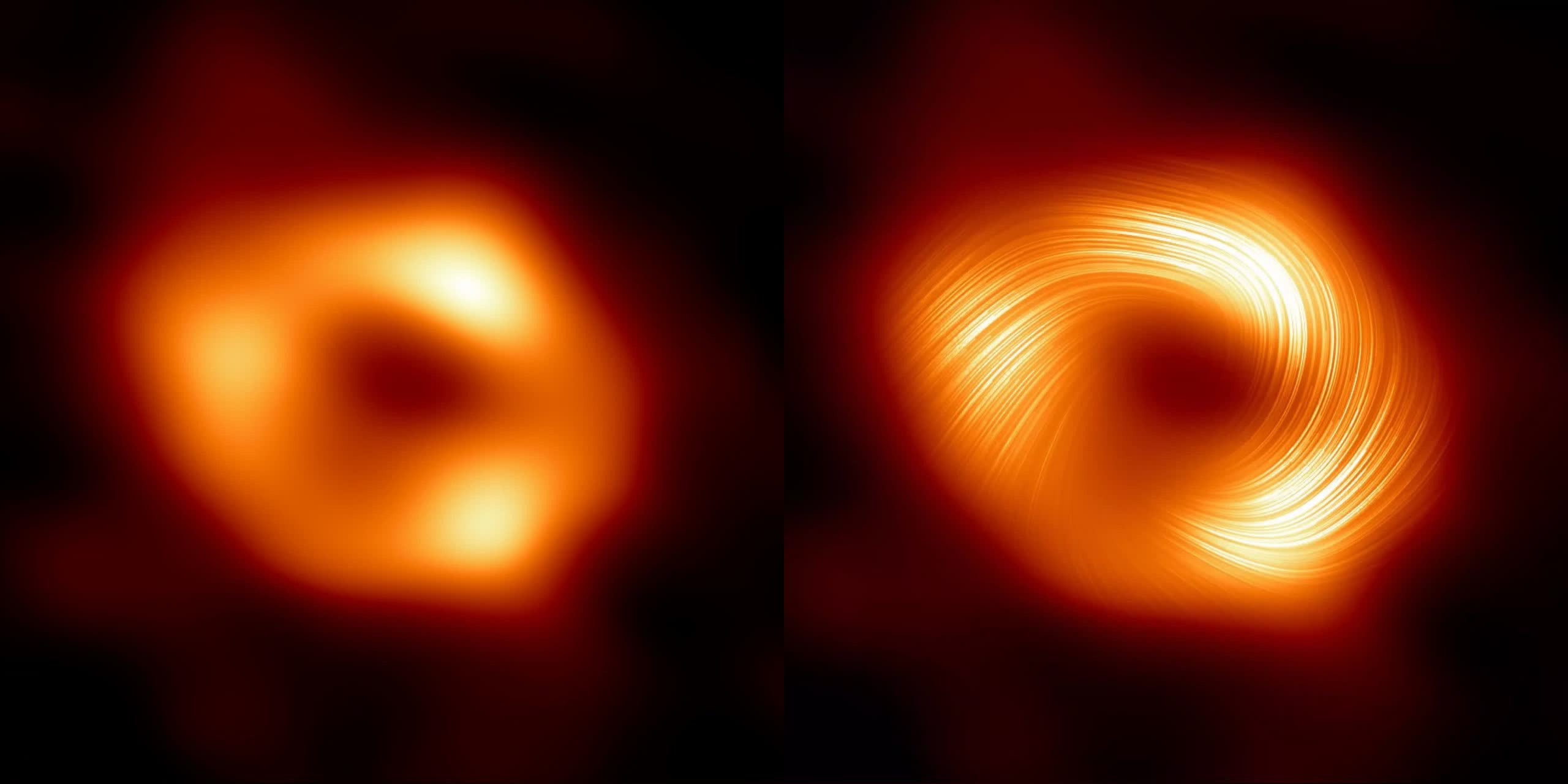Cool: Black holes are fascinating celestial objects. We can't see them because nothing can escape their gravitational force, not even light. However, astronomers can identify them with radio telescopes that pick up the magnetic radiation emitted by the objects they gobble up. Their latest snapshot of the black hole at the center of our galaxy is stunning.
On Wednesday, a team of 150 astronomers snapped the most detailed and beautiful image of Sagittarius A* (SgrA*), the supermassive black hole at the center of the Milky Way galaxy. They captured the picture with the Event Horizon Telescope, a network of radio telescopes dotting the globe.
Compared with an image of the black hole taken in 2022, it is unmistakably clear that it is SgrA*. It has the characteristic shape, bright spots, and smudges from the earlier sighting. The main difference is the clarity. Where 2022's photo looks like someone forgot to focus the "camera," 2024's capture shows clear and distinct lines of electromagnetic radiation. It almost looks like a long exposure of a pinwheel covered with dozens of burning sparks.
These swirling magnetic fields appear very similar to those of another supermassive black hole, M87*. Astronomers theorize that this could indicate that there is a "universal" structure to the "physical processes that govern how a black hole feeds." It also means that SgrA* might have a hidden jet. The team plans to challenge this theory when they observe the black hole again in April.
Black holes are not visible, even to radio telescopes. However, the objects and matter swirling into it at the event horizon are. These radio signals mainly appear as blotches like those in the photo from 2022. This time, the astronomers used polarized light to reveal the event horizon's details.
Supermassive black holes are unique in that they contain shocking amounts of material compacted into a relatively small space. For example, Sagittarius A* is more than 4 million times as massive as our sun but has a diameter of only 25.47 million km. Put into perspective, its diameter is only 38 times wider than our sun. The black hole M87* at the center of the M87 galaxy is even more powerful and massive but is a steadier target than SgrA*, which is "evolving" and moving very fast.
Image credit Event Horizon Telescope collaboration

